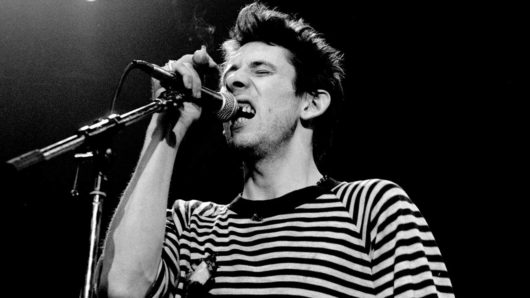Marking the moment when Prince went from up-and-coming star to global icon, the Purple Rain album was merely one reason for His Royal Badness’ pop-cultural dominance in 1984. With its companion movie taking him from the stage to the silver screen, Prince became the first artist since The Beatles to simultaneously hold the No.1 spots on the US albums chart, the singles chart (with When Doves Cry) and at the box office. Immediately recognised as one of the greatest albums of the 80s, Purple Rain has long since moved beyond time and place to stand as an unparalleled artistic statement from a creative genius who himself has come to represent so much more than music alone. As shown by this track-by-track guide to each song on the album, rarely has the envelope been so boldly pushed.
Listen to ‘Purple Rain’ here.
‘Purple Rain’: A Track-By-Track Guide To Prince’s Breakthrough Album
Let’s Go Crazy
With churchy organ and Prince’s solemn intonation – “Dearly beloved, we are gathered here today to get through this thing called life…” – the first few seconds of Let’s Go Crazy introduce the ambitious scope of the 44 minutes that follow. As Prince and The Revolution kick into an adrenaline rush of distorted power chords and crisp drum-machine, The Purple One lays out his manifesto for reaching a higher spiritual plane.
“As I wrote it, Let’s Go Crazy was about God and the de-elevation of sin. But the problem was that religion as a subject is taboo in pop music,” he told Musician magazine in 1997. As studio engineer Susan Rogers heard it, the song was also evidence of Prince’s superior skills as a bandleader. “He would spend so much time with his band pulling their ideas,” she told this author, for the book Lives Of The Musicians: Prince. “He loved that.” Based on a chord progression of Prince’s own devising, Let’s Go Crazy features a shout-out to Revolution keyboardist Matt “Dr” Fink, whose wilfully chaotic piano solo suited the song’s needs. The track was completed “top to bottom”, said Rogers, amid gruelling rehearsals at the former pet-food storage warehouse in St Louis Park, Minnesota, where Prince and The Revolution finessed the Purple Rain material.




